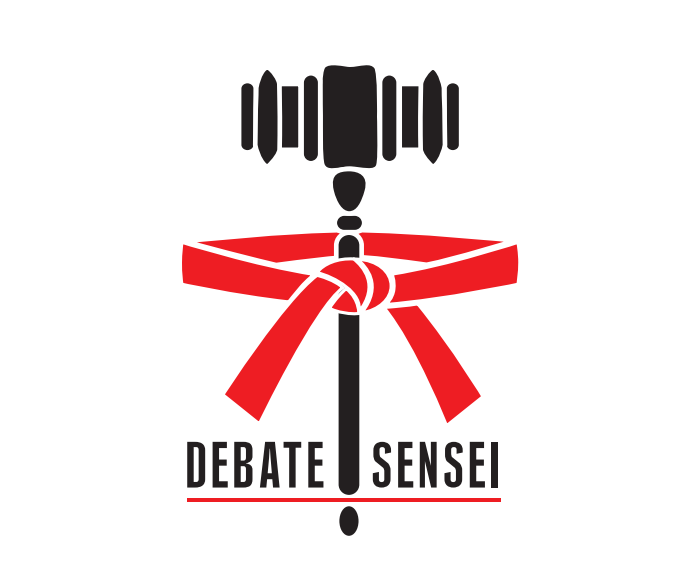Audience Analysis
Picture any speaking event in your mind and there is one element that should always be present, the audience. Think about it. A speaker without an audience is just a weirdo talking to themselves in a huge room. That audience without a speaker is a bunch of weirdos sitting silent staring at nothing. A successful public speaker must always consider the audience first. This section is going to cover the essentials of audience analysis. First we’re going to discuss exactly what audience analysis is, then have a discussion about demographics, then psychographics, and finally, situational analysis.
The real test of a musician is live performance. It’s one thing to spend a long time learning how to play well in the studio, but to do it in front of people is what keeps me coming back to touring.
-Neil Peart
Defining Audience Analysis
Let us first get a basic understanding of what audience analysis is. By definition, audience analysis is the process of discovering as much as possible about your audience, with the purpose of improving communication with them. The reason is that you can’t tailor your speech unless you know something about who the audience is. You could think of audience analysis as involving three steps. First, ask to whom am I speaking? Second, ask what do I want my audience to know, do, or believe as a result of my speech? Third, and finally, what is the most effective way of composing and presenting my speech to accomplish my goals?
Demographics
An indispensable tool in audience analysis is called demographics. This literally means “characteristics of people.” Some characteristics include the audience’s age. You ought to think about people’s common levels of age experience. Another demographic to consider is gender. Consider if the audience is composed of predominantly males, females, or some other combination. You don’t want to make assumptions about gender roles. Ethnicity is another demographic and it refers to people who are united through language, historical origins and/or cultural systems. Another is religion. You don’t want to make assumptions that everyone has the same beliefs. Other demographics include economic status, occupation, education level, physical characteristics. But even things like height, weight, style, fitness, gender display, and obvious disabilities, could also factor into your demographic analysis.
Psychographics
In addition to audience demographics, there are audience psychographics. And this refers to the attitudes, beliefs, and opinions people in your audience share. Let’s admit it, people are egocentric. And often being egocentric has a negative connotation. In public speaking, it means your audience wants to hear about things that they think are interested in, or apply to their lives. So, perhaps it’s better to consider being egocentric just as a natural and predictable human behavior. Don’t be afraid to include information that would appeal to your audience.
Situational Analysis
Last, let’s talk about situational analysis. There are five situational factors to analyze with the purpose of accomplishing your goals.
Size
The first is size. The number of listeners you have impacts many choices you will need to make. You can’t have a question and answer period with an arena full of people, and you probably don’t need a microphone if you’re only speaking to a classroom. Those decisions are examples of things that come up when you know the size of your audience.
Environment
The next situation is the environment. Don’t be afraid to adjust the environment in your room to suit your goals. If it’s cluttered with furniture and you need a speaking area you might need to rearrange some of the objects in the room. Perhaps there’s noise emanating from outside and you need to shut the window.
Occasion
The next factor is the occasion. Your audience has an expectation for what type of speech you will be giving and how they want to feel through the experience. Consider for example that people have different expectations for eulogies than they do for wedding toasts. A speaker who confuses those expectations risks social disaster.
Time
The next factor to consider is time. This could include the time of day as well as how long you have to speak. People’s receptiveness is very different in the morning than at night and you can only include as much detail in your speech as time allows.
Importance
The final factor to consider is importance. This dictates the seriousness, content, and approach to your speech. In a professional setting, you want to rise to the level of professionalism that is expected. Falling short of that and you risk people not taking you seriously. If people aren’t taking you seriously, then they’re not gonna listen to your message.
A disciplined audience analysis sometimes determines your success as a speaker. Now that we’ve covered what audience analysis is, and some of its parts, perhaps you can put the essentials of audience analysis into action. The speaker and audience relationship is paramount in having a successful public speaking experience.
